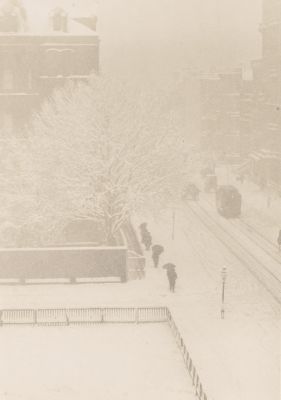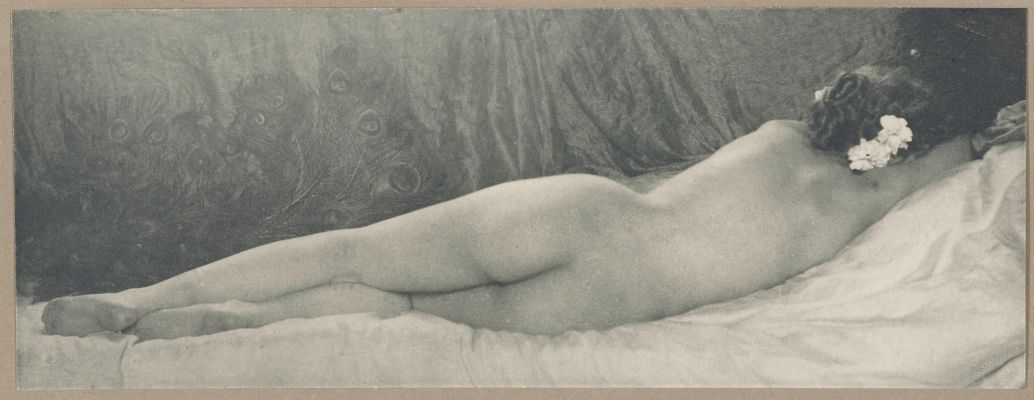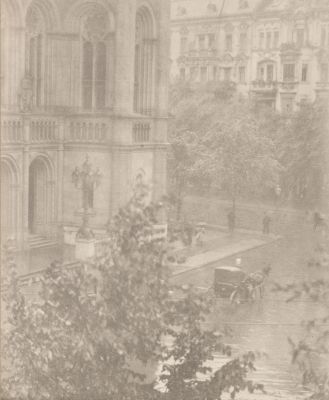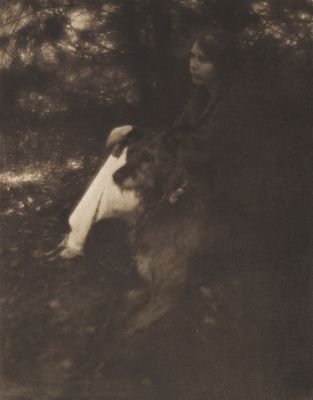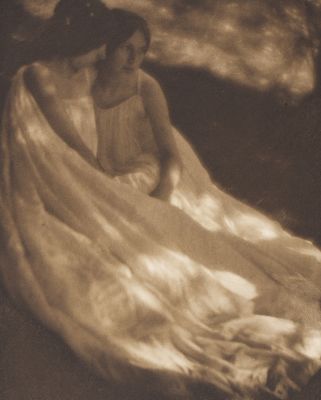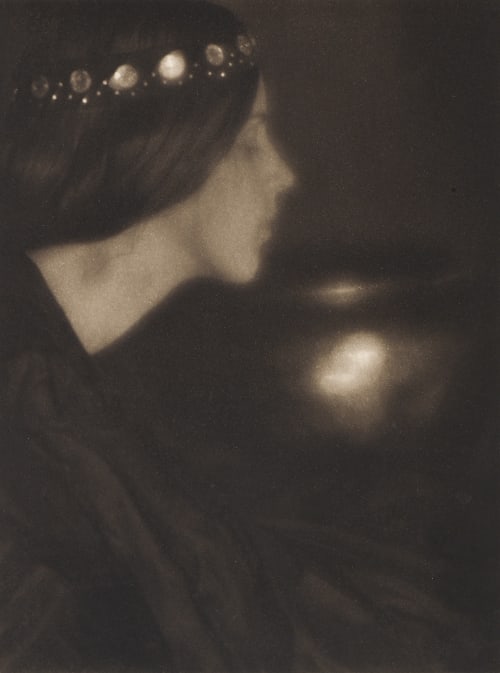
Title
Black BowlArtist
Seeley, George (American, 1880-1955)Publication
Camera Work XXDate
1907Process
PhotogravureAtelier
Manhattan Photogravure Company, NYImage Size
20.5 x 15.5 cm
George Seeley, a member of the PhotoSecession, was born in 1880 in Stockbridge, Massachusetts, where he lived all of his life. He studied art at the Massachusetts Normal Art School in Boston. Seeley first received attention as a photographer when he exhibited in the First American Salon of 1904 where Alvin Langdon Coburn, one of the judges, brought him into contact with Stieglitz. Recognizing Seeley’s talent, Stieglitz invited him to join the Photo-Secession. From 1906 to 1910, Seeley was an active member of the group, and his work was exhibited in Stieglitz’s gallery "291" and reproduced in Camera Work.
After the break with Stieglitz’s group, declining interest in the Pictorialist aesthetic and the increasing unavailability of platinum paper after World War I contributed to the demise of Seeley’s photographic career. He continued to exhibit his work into the 1930s, although he had practically ceased to make new work. An amateur ornithologist who was active in his church, Seeley took up oil painting in his later years and was a correspondent for the local Stockbridge, Massachusetts, newspaper. An authority on birds, he was for many years associated with the Biological Survey of Washington for which he maintained a landing station and reported bird migration. Toward the end of his life Seeley achieved recognition as a painter of brasses and coppers in still life canvases. He died in Stockbridge in 1955. [1] [2]
References
[1] https://www.getty.edu/art/collection/person/103KD9 cited 06/02/24
[2] Aperture, Inc. Camera Work : A Critical Anthology. Edited by Jonathan Green, Aperture, Inc., 1973.
